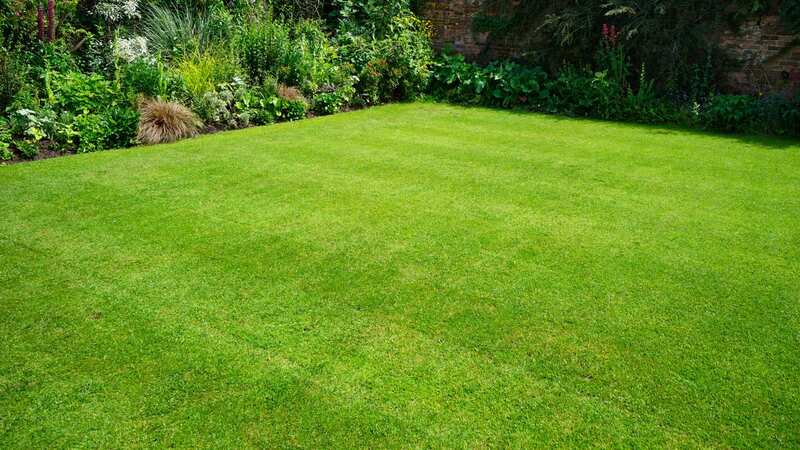

With Wimbledon coming to an end this weekend, many might have been inspired to pick up a racket and take up tennis. For others however, it's the quality of the lawns they haven't been able to take their eyes off. With crisp lines, luscious green blades, and the perfect bounce, Wimbledon's grass courts are every gardener's dream.
But can you really get grass fit for Djokovic at home? Matt Adams, lawn feed expert and founder of The Relentless Gardener, has shared his top tip for a Wimbledon-worthy lawn - especially his "crucial" lawn mowing tip.
A twice-weekly mow of your grass is essential, says the expert. "Weekly is usually sufficient enough but if you want your grass this short, you’re going to need to mow it twice per week if you want to avoid brown patches," he explained.
In terms of grass length, Wimbledon regulations state the grass on all courts must be 8mm in length. But since this is much too short for a residential lawn, cutting to a minimum of 50mm will ensure your grass is healthy and will last. It's also important to remember to never trim too much off in one go.
More tips include limiting traffic, such as children and animals, in your garden. Excess traffic compacts the soil, reducing the amount of oxygen and nutrients the grass receives, leading to dead and patchy grass. Paddling pools, barbecues, and play tents are major culprits when it comes to this so avoid these where you can or make sure you remove them after each use.
 Roger Federer 'in talks' to join BBC's Wimbledon coverage in emotional return
Roger Federer 'in talks' to join BBC's Wimbledon coverage in emotional return
One of the most appealing things about the Wimbledon lawns are the infamous stripes.This is achieved through the direction of the mow. For a true stripe effect, using a rear roller mower, you should move two lengths in one direction and the next two in the opposite.
In terms of feeding your grass, the good news is that the Wimbledon courts are made from 100% Perennial Ryegrass, the same plant as the majority of UK lawns. So, when it comes to seeding, a product containing at least 80% Perennial Ryegrass seed is what you need.
Once you've seeded your grass, make sure you don't over-water, but use a sprinkler on the treated area for five minutes twice a day for two weeks to assist with the germination process and avoid washing the seeds away.